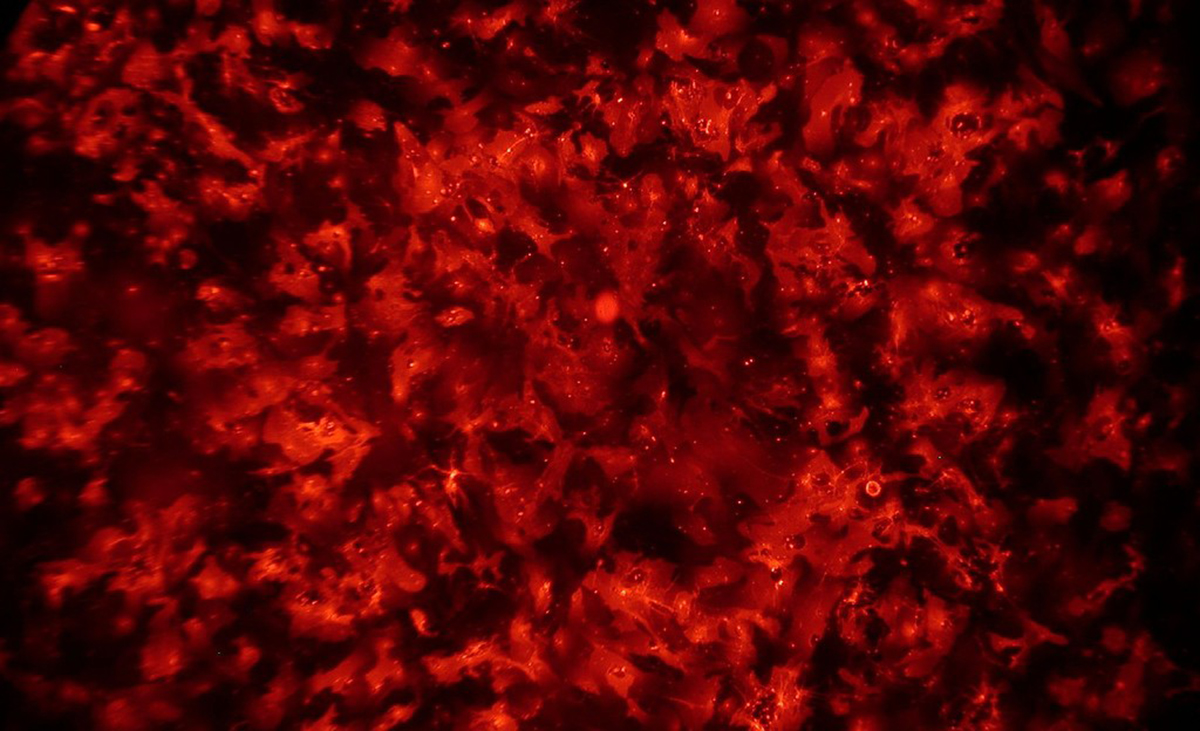Table of Contents
For several years, it was thought that neurons were the most important cells present in the CNS, giving the other brain cell types, known as glial cells, the secondary role of neuronal supporters. This is still true, but scientists have discovered that non-neuronal brain cells also perform other very important functions in the CNS and that they are more than neuronal carers.

Like stars in the sky: Astrocytes
Astrocytes, as their name suggests, are star-shaped brain cells. They outnumber neurons by almost fivefold and are present all over the CNS.
Apart from this, research has shown that astrocytes also participate in the synaptic transmission and the processing of information. Brain metabolism is also one of the tasks of astrocytes; they serve as storage for energetic molecules and have a very important role in the regulation of brain glucose.
A very interesting feature of astrocytes is that their structure and function changes when the CNS is damaged. This process is known as astrocytosis, and is a common sign identified in neurodegenerative diseases.
The immune system soldiers: Microglia
Even though our CNS is protected by a very efficient fortress, formed by the skull, the vertebrae, the meninges and the cerebrospinal fluid, some microbes can have very good strategies to cross this fortress and reach the CNS. What happens, then?
Our CNS is fully ready to deal with these situations thanks to microglia.
Microglia also release substances that attract other microglial cells to the injured site in order to help with what is causing problems in the CNS. When they are not activated, microglia exert surveillance activity, which allows them to act fast and prevent the CNS from being severely damaged.
Oligodendrocytes and Schwann cells
The transmission of electric impulses from neuron to neuron works just as electricity traveling through a wire. Wires are made of materials, usually copper, that allow the flow of electrons to travel in one direction. They are also covered in a non-conductive material, like plastic, that keeps the flow of electrons isolated from other conductive materials and avoids electrocutions.
Well, neuronal axons are also covered in a non-conductive material known as myelin, which keeps the electric transmission traveling through the axon at a constant speed and prevents it from being released before reaching the axonal terminal.
See Also: Right And Left Brain Personality Theory Debunked
These cells literally fold around the axons of the neurons and segregate the substance to finally create myelin sheaths. Schwann cells are the cells in charge of the myelination of axons in the peripheral nervous system (PNS).
- AZEVEDO, F. A., CARVALHO, L. R., GRINBERG, L. T., FARFEL, J. M., FERRETTI, R. E., LEITE, R. E., JACOB FILHO, W., LENT, R. & HERCULANO-HOUZEL, S. 2009. Equal numbers of neuronal and nonneuronal cells make the human brain an isometrically scaled-up primate brain. J Comp Neurol, 513, 532-41
- GRAÇA, D. L., BONDAN, E. F., PEREIRA, L. A. V. D., FERNANDES, C. G. & MAIORKA, P. C. 2001. Behaviour of oligodendrocytes and Schwann cells in an experimental model of toxic demyelination of the central nervous system. Arquivos de Neuro-Psiquiatria, 59, 358-361
- KETTENMANN, H., HANISCH, U. K., NODA, M. & VERKHRATSKY, A. 2011. Physiology of microglia. Physiol Rev, 91, 461-553
- SOFRONIEW, M. V. & VINTERS, H. V. 2010. Astrocytes: biology and pathology. Acta Neuropathol, 119, 7-35.
- Mindmap by steadyhealth.com
- Photo courtesy of mark Miller by Flickr : www.flickr.com/photos/neurollero/51970885


Your thoughts on this